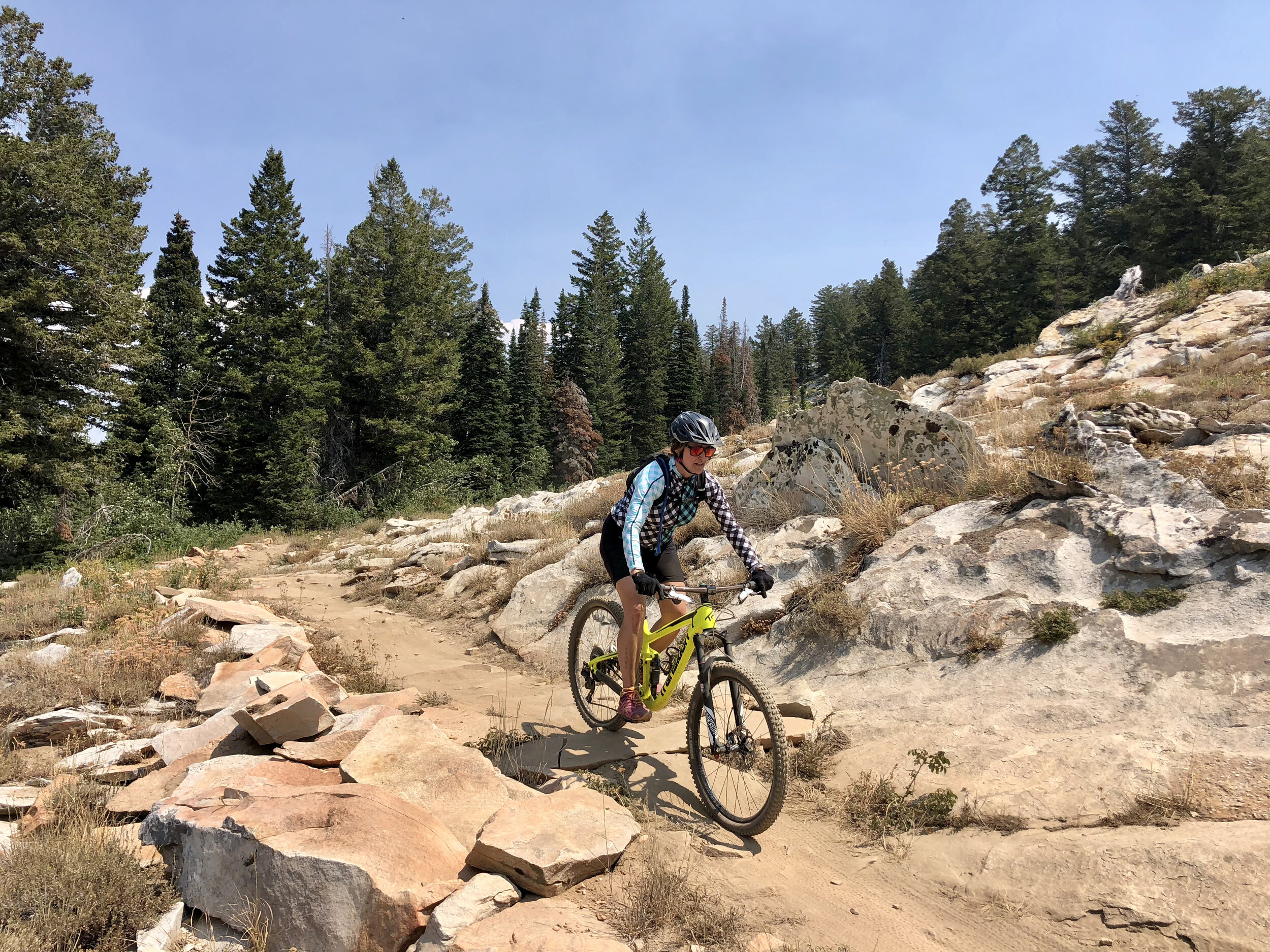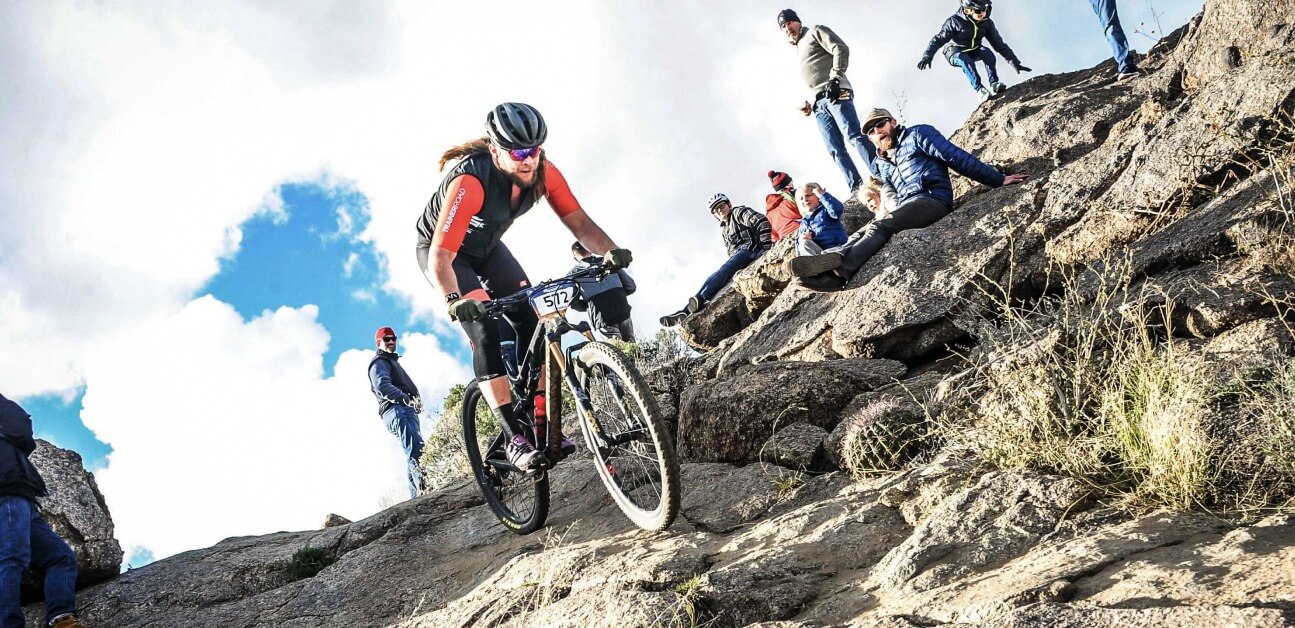How to plan a bicycle-trip in the rocky, hilly terrains? As the name implies, mountain biking is a type of biking where cyclists go on mountainous routes. Mountain biking is pure enjoyment, but it also offers some adrenaline and adventure. The most popular bicycling spots in hilly terrain have dirt surfaces, so you must be an experienced cyclist to really appreciate the pleasure.
 |
| Image: www.womeninthemountains.com |
History
Bicycles have been used on many types of terrain since they were first developed, including rough hilly areas. However, mountain biking did not become an official sport until the 1970s. The development of this exhilarating bicycling sport was greatly influenced by groups of cyclists from many regions of the United States who experimented with and modified bikes of various kinds to withstand the hardships of riding in the unsteady, rugged mountainous terrain.
However, the Marin County, California, riders receive the accolade from the Mountain Bike Hall of Fame. The group, which included well-known figures in the industry including Gary Fisher, Joe Breeze, Keith Bontrager, and Otis Guy, engaged in a bike ride down Mount Tamalpais (Mt Tam) using vintage Schwinn bicycles from the 1930s and 1940s that had been upgraded with modern brakes and fat tires.
Joe Breeze created the first "real" mountain bike in 1977. The MountainBikes Company's original bicycle served as the model for today's mountain bikes. Tom Ritchey constructed the bike's frame, and Gary Fisher and Charlie Kelly added the finishing touches.
Types
In the mountains, cyclists often participate in four main types of bicycle tours:
1. Cross-Country (or XC) biking has the most fans since it is the most well-known category of mountain biking. Riding is done in loops or between places in the sport. On various terrains, there are ascents and descents. Competitions for cross-country racing are distinct from those for cross-country bike. A typical XC bike weighs between 22 and 28 pounds and has front and rear suspension travel of 0 to 4 inches.
2. Downhill includes riding mountain bikes downhill, as the name implies. It is typically connected with downhill riding that is race-focused. The rider on a downhill bike does not have to cycle up the hill. With the aid of a truck or ski-lift, the bikers and their bikes are carried up the slope. It is difficult to descend since there are physical obstacles as well as leaps and dips. You must have a strong will, physical stamina, quick reflexes, and big bikes that weigh between 40 and 50 pounds to participate in these races.
3. Trials riding, which is a lot like skating, involves leaping and hopping with your bike over obstacles. It necessitates a strong feeling of control and balance. The riders utilize specialized bicycles with short, low frames and 20", 24", or 26" wheels.
4. The other popular bike style on mountain slopes is freeride. It confines the biker with no particular regulations instead of allowing the rider to perform "everything and everything," including downhill rides (without a clock), jumps, and stunts, which call for talent and are thus only appropriate for pros. Freeride bikes must be assembled by the user for comfort and style, although they are a bit heavier (weighing between 30 and 40 lbs.) and have a lot of suspension (generally has 6 inches of suspension front and rear).
 |
| Image: www.trainerroad.com |
How to Plan A Bicycle-trip in the Rocky, Hilly Terrains?
If you're planning your first bicycle tour in rocky, steep terrain, the following advice will come in handy:
1. To ride a bike down a mountain, you must have strength and endurance.
2. Choosing a high-quality bike, particularly one that is ideal for your style of mountain biking, is also very important.
3. While small injuries like cuts and bruises are unavoidable, serious accidents may be avoided by taking preventative steps like purchasing elbow, knee, and helmet protection. An excellent set of goggles will also come in helpful.
4. You may participate in the unique tournaments that various mountain biking clubs conduct. If you decide to go alone, you must gather all necessary information, such as directions and restrictions.
5. Whether you bike with a group or by yourself, don't forget to pack your equipment kit so you can handle any repairs you need to make to your bike.
Comments
Post a Comment